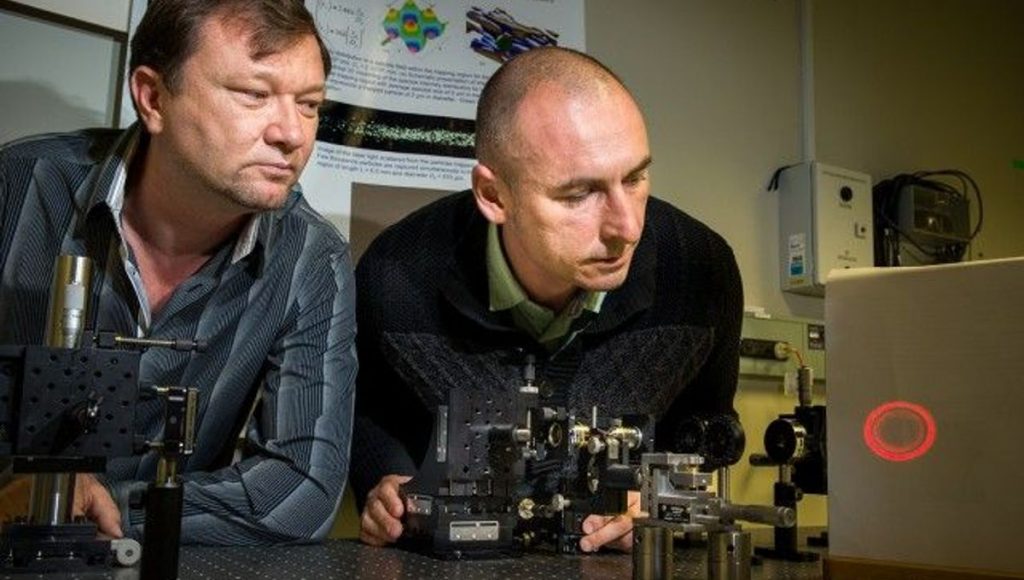Tractor beams have long been a staple of science fiction, but you may be surprised to learn that they have existed in the real world, albeit on a far smaller scale. Tractor beams, also known as optical tweezers, can be used to pull atoms and nanoparticles for use in medicine and research. but we’ve never seen this happen in real life.
In a recent study published in the journal Optic Express, Chinese scientists created the first tractor beam strong enough to handle macroscopic objects. That means you can observe the device in action with your own eyes.
The first experiment was carried out in a carefully controlled laboratory by manipulating a specific form of graphene composite in a rarefied gaseous environment with a pressure lower than that of the Earth’s atmosphere.
The laser-pulling phenomenon was demonstrated in the experiments using a torsional pendulum apparatus. The new work shows that by regulating the interactions between light, object, and medium, it is possible to manipulate macroscopical objects with flexible light. It also emphasizes the complexity of laser-matter interactions.
According to the study, it may also be useful in some unexpected spots. “The rarefied gas environment we used to demonstrate the technique is similar to what is found on Mars,” Wang added. “Therefore, it might have the potential for one-day manipulating vehicles or aircraft on Mars.” That may seem far-fetched, but NASA did study whether similar tractor beams could be used to collect Mars samples back in 2011, as ScienceAlert points out.
However, the tractor beam’s reach is only microscopic. Microscopic tractor beams are employed in devices called optical tweezers. Optical tweezers use lasers to move microscopic objects like atoms and nanoparticles. They’re used in biology, nanotechnology, and medicine.

